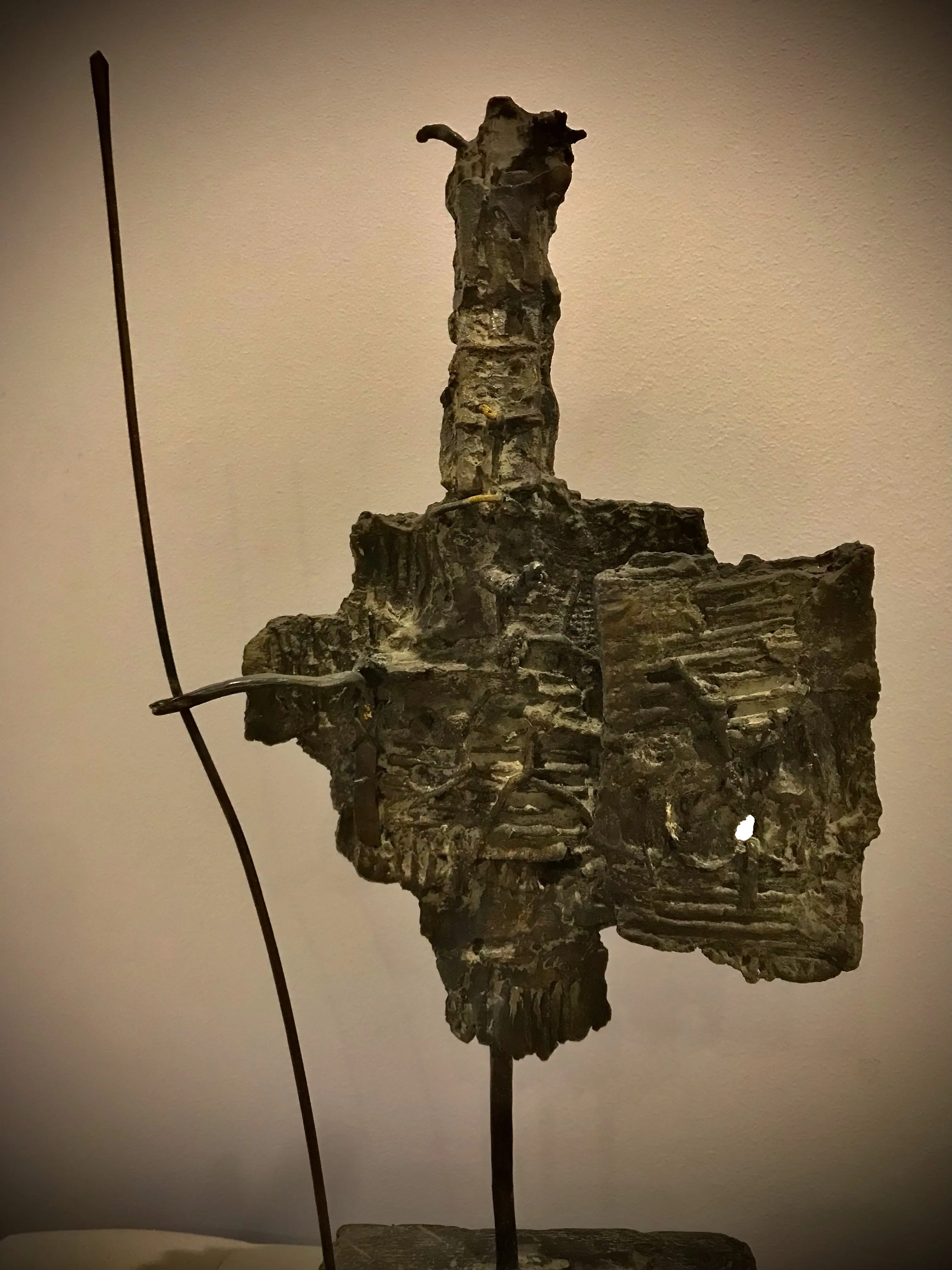Antoni Clavé i Sanmartí (Barcelona, Spain, April 5, 1913 - Saint-Tropez, France, August 30, 2005) was a Spanish painter, engraver and sculptor.
In 1930 he entered the Barcelona School of Art where he stayed for two years.
At the end of the Spanish Civil War, he went into exile in France, holding his first exhibition in Perpignan in 1939. Later he moved to Paris, where he lived until 1956, when he moved to Saint-Tropez.
Living in the French capital, Clavé's work is often included in the School of Paris along with that of other artists such as Pablo Picasso, Juan Gris, Joan Miró or Antonio Saura.
In the 1950s he began an intense work in the world of ballet and theater, using mannequins and achieving fame in the world of international stage design.
In 1952 he participated in the film Hans Christian Andersen (The Fabulous Andersen) by director Charles Vidor, being responsible for the sets (along with Richard Day and Howard Bristol) and costumes (along with Mary Willis and Barbara Karinska), work for the who was nominated for an Oscar.
In the 1960s he paid homage to El Greco.
In the 70s, the evolution of Clavé's work continued, using various techniques such as collage, inventing new techniques such as papier froissé, the result of a technical coincidence in the use of aerosol spray on crumpled paper.
In the 1980s he dedicated a series of works to Picasso under the title of A Don Pablo.
In 1984 the Spanish State recognized his artistic worth with the exhibition of more than 100 of his works in the Spanish pavilion of the Venice Biennale.
selected works

Rey
Bronze sculpture

Bodegón
1949
Oil on canvas (55x64)
